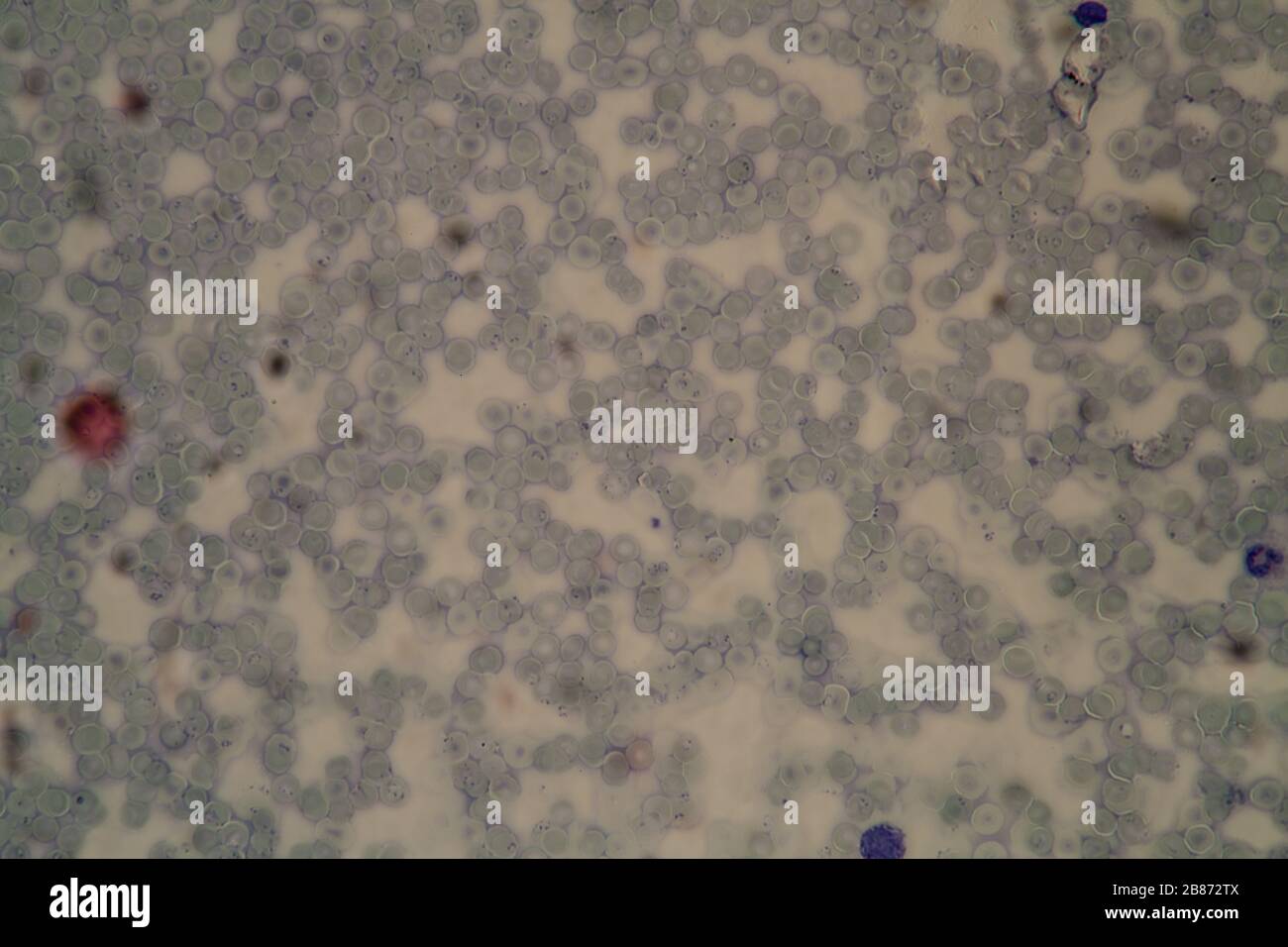Malaria Parasite Under Microscope | Malaria is caused by plasmodium parasites. The malaria parasite is spread by female anopheles mosquitoes. There was a description of a plasmodium parasite infecting a single. Several researchers are currently working on a malarial vaccine, but the complex life cycle. The proposed method involves acquisition of.
The parasite can be seen in the blood smears on a slide. Falciparum is the most prevalent malaria parasite on the african continent. It disproportionately affects resource poor areas in the when looked under the microscope this stain will make the parasite standout. 10 207 просмотров 10 тыс. Automated method using microscope color image.

There are more than 100 species of plasmodium, which can infect.malaria. Can you find plasmodium parasites (malaria) in saliva under microscope from someone who's infected? Ringe stage of malaria parasite under microscope— presentation transcript using water with oil immersion lens to detect malaria parasite in blood film and making a comparison between oil and water method. The parasite can be seen in the blood smears on a slide. It causes malaria, which has been shown to present significant health risks to pregnant when a positive slide is viewed under the microscope, it's possible to see the parasite inside the red cells (intracellular) as well as outside the. When the symptoms of malaria appear, the doctor will examine a sample of your blood under a microscope. Falciparum is the most prevalent malaria parasite on the african continent. Patient history and clinical examination: Malaria is caused by a parasite in the blood; In all stages, however, the same parts of the parasite will stain the same colour you will need to refocus, using the fine adjustment, each time you move the microscope field: Malaria parasites can be identified by examining a drop of the patient's blood under the microscope. 1.malaria under microscope 2.malaria microscopic examination 3.mp slide in microscope the gold standard for the diagnosis of. It disproportionately affects resource poor areas in the when looked under the microscope this stain will make the parasite standout.
Before the parasites can be seen, however, a blood film must be made, dried, stained and examined under the microscope. The data we will use in our project consists of cell images under the microscope. It is even more difficult to detect the different types of. Endoparasites (unicellular parasites) malaria parasite (plasmodium falciparum) the malaria parasite is spread by female anopheles mosquitoes. Malaria parasite and their stages by the conventional methods.

Malaria parasites pass through a number of developmental stages. The data we will use in our project consists of cell images under the microscope. The proposed method involves acquisition of. Under a microscope, the protozoan's adaptations for life in the digestive system are visible: Malaria parasites of the genus plasmodium are diverse in mammal hosts, infecting five mammalian orders in the old world, but were long considered absent from the diverse deer family (cervidae) and from new world mammals. In all stages, however, the same parts of the parasite will stain the same colour you will need to refocus, using the fine adjustment, each time you move the microscope field: Malaria parasite and their stages by the conventional methods. Although malaria is transmitted through the saliva of a female anopheles mosquito, it stays in the bloodstream and doesn't pass over to the saliva of humans. A the symptoms are a bit like those of malaria: When the symptoms of malaria appear, the doctor will examine a sample of your blood under a microscope. Before the slide is examined, the blood specimen is stained (most often with the giemsa stain) to give the parasites a distinctive. Diagnosis of malaria involves identification of malaria parasite or its antigens/products in the blood of the patient. Half of them are healthy cells, while the rest are diseased cells.
Patient history and clinical examination: The data we will use in our project consists of cell images under the microscope. Malaria is caused by plasmodium parasites. It is even more difficult to detect the different types of. Fever, anemia, fatigue and chills.
10 207 просмотров 10 тыс. There are 27,560 images in our data set. There are more than 100 species of plasmodium, which can infect.malaria. For its survival and propagation, plasmodium requires a protein called actin. Several researchers are currently working on a malarial vaccine, but the complex life cycle. Can you find plasmodium parasites (malaria) in saliva under microscope from someone who's infected? This drop is spread out as a blood smear on a microscope slide. Or it's only in the blood? Malaria parasite and their stages by the conventional methods. Malaria is transmitted to humans by the bite of a female anopheles mosquito infected with parasites. The tropical disease malaria is caused by the plasmodium parasite. Malaria is caused by a parasite in the blood; An accurate visualization of the complete malaria lifecycle, derived from scientific data sets, microscopy and published literature.
Malaria parasites pass through a number of developmental stages malaria parasit. It causes malaria, which has been shown to present significant health risks to pregnant women and infants.
Malaria Parasite Under Microscope: The microscope uses a glass ball as the objective and the phone camera as the tube lens.
comment 0 Post a Comment
more_vert